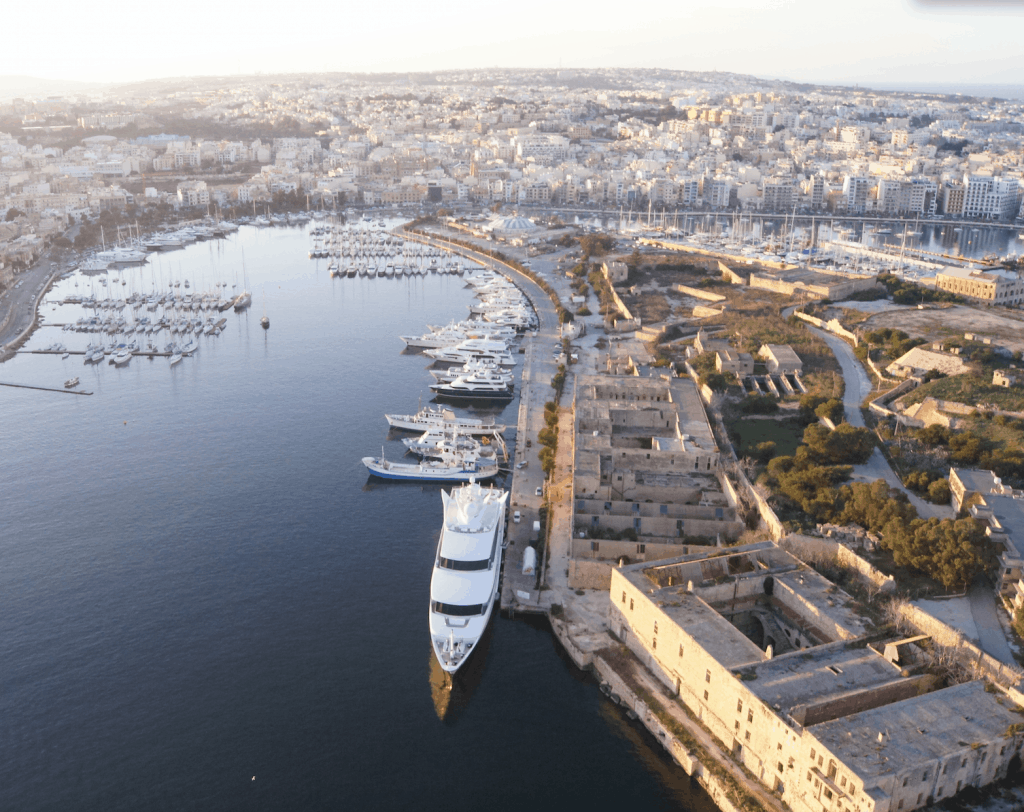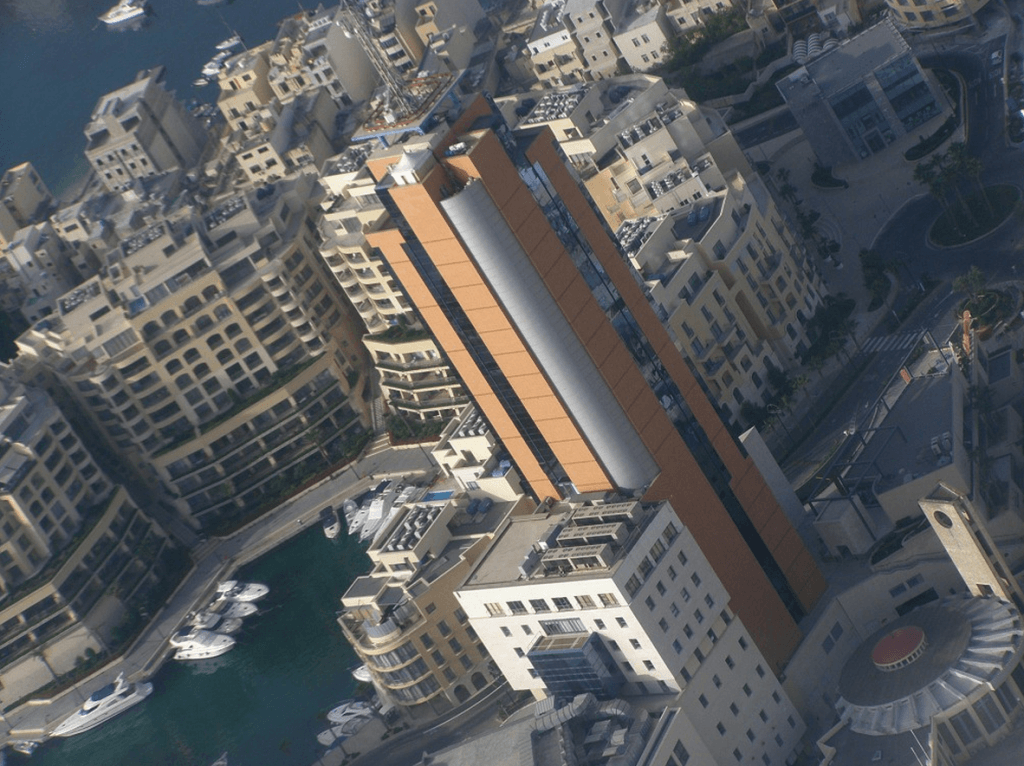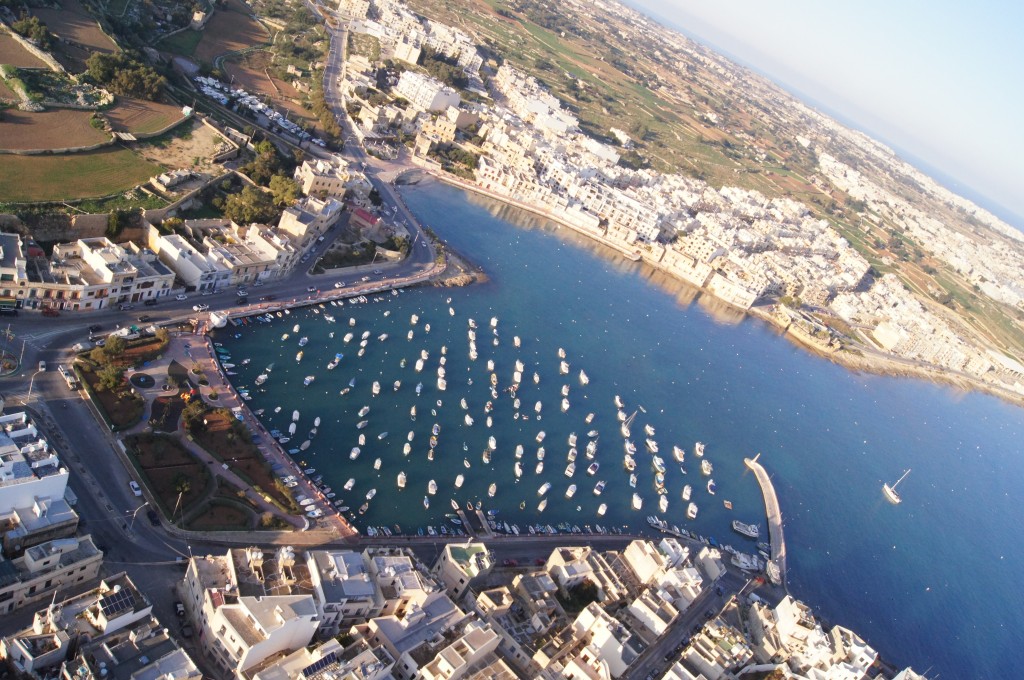Malta Guide
Now that you have learnt where is Malta, it is time to learn some essential information about this Island. We all do research and search on Google a destination before we actually visit. If Google sent you here, they did a good job! We will provide you all the information that you need to know before visiting, if there is anything that is missing (probably there isn’t) just ask! – it’s easy, in it?
Malta’s strategic position became a vital trading post in the Mediterranean, especially since the Grand Harbour is one of the most beautiful natural harbours in the world. The grand Harbour has the capital city, Valletta, on one side and the Three Cities on the other side. Today Malta and its Islands are known best for their ideal location providing the ideal climate. Malta sunny weather is complimented by crystal clear sea water, beaches and attractions that make Malta one of the most popular destinations in the World.

When to Go
Low Seasons (November – February)
November and December temperatures average 10°C to 18°C. January and February are coldest; northeasterly wind occasionally disrupts Gozo ferry service which makes it difficult for those that want to visit Gozo. Christmas to New Year is a mini-high season; most hotels will be busy but not fully booked.
Shoulder Months (April – June, September – October)
Warm and sunny; occasional rainfall or hot and humid wind. Sea is warmer in autumn than in spring. Being a very religious country, all religious festivities are celebrated in style. Holy Week is one of these feasts. Travellers will have the chance to enjoy the Good Friday procession which takes place in almost each and every town in Malta. Also on Easter Sunday you will have the chance to watch the procession of Risen Christ. Every year, 19 processions are organised – 14 in Malta (Birgu,Cospicua, Gżira, Mosta, Qormi in the two parishes of St. George and St. Sebastian, Rabat, Senglea, Valletta, Haz-Żebbug, Żejtun) and five in Gozo – together with another one in Fontana (Gozo) the following Sunday and preceded by a short procession at Baħrija on Easter Saturday evening.
High Seasons (June – August)
Many resort hotels are booked solid; beaches are busy. Daytime temperatures in July and August can reach more than 37°C. Main season for village festas (feast days) and music festivals; such as the Isle of MTV that happens around mid-July few minutes away from the capital city of Valletta.

Getting to Malta
Being an Island, there are two main ways how to get to the Island. By air and by sea.
Getting to Malta by Air
Malta is well connected to Europe and North Africa. If you’re flying from elsewhere, it’s best to travel to a a European hub, such as Heathrow (London), Amsterdam or Brussels, then get a direct flight to Malta (Luqa Airport).
All flights arrive and depart from Malta International Airport (MIA), which is in the centre of Malta in a town called Luqa (or Hal-Luqa). Altough the MIA is not huge it includes all the facilities that you would expect from a medium-sized airport. You will find ATMs and currency exchange, a friendly tourist office which open daily, internet access with WIFI connection, and regular, inexpensive bus connections to Malta‘s major towns and to the Gozo ferry. The MIA won various awards in its category and is considered as one of the best in Europe. The Maltese national airline is Air Malta, a small airline which operates from and to various countries in Europe.
Flight Tickets – There are various airlines that fly to Malta. All major Low Cost Carriers (LCC’s) such as RyanAir and EasyJet operate daily flights to the Island. As already mentioned, the national airline, AirMalta also offer competitive prices with high quality service. There are other airlines that operates to Malta such as Emirates. Emirates fly between Dubai and Malta via Larnaca, with connections to and from destinations in Australia, Asia, India and other parts of the Middle East.
Getting to Malta by Sea
Malta’s excellent harbour and its strategic location in the centre of the Mediterranean has led to its development as a major yachting centre. In fact Malta is also part of the Rolex Middle Sea Race and includes various Ports and Marinas. So if you have a yacht, feel free to visit Malta as it has state of the art facilities to host various number of yachts. Make sure you get yourself up to date with Malta’s legislation before visiting with a yacht, you can read more about this here.
Malta also has regular ferry to and from Sicily (Pozzallo and Catania), central Italy (Civitavecchia) and northern Italy (Genoa). Ferries dock at the Sea Passenger Terminal beside the Valletta Waterfront in Floriana.
Maybe you heard that in Malta you may encounter some traffic problems. To minimise this problem the Malta Public Transport links between Sliema and Valletta have also been improved to encourage tourists to make use of this fast service while enjoying the magnificent scenery of Valletta from sea. Another ferry which is available is that between Malta and Gozo. This ferry will take less than 30 minutes and costs less than €5. Read more about visiting Gozo here.

Getting Around
Getting around in Malta is very easy, especially due to its size. However, if you read the following you may save some money (and time).
If you are visiting Malta during the warm months (September – November & March – May), then it is very easy to just walk, especially if you are going somewhere near. If you are go a bit far or else you need to go somewhere where there isn’t any pedestrian facilities, it is better to take the bus.
If you are visiting during hot or cold months, then we suggest that you either take the bus or rent a car. We do not recommend to use a bicycle (as much as we hate to say this) as it is not very safe to do so. There isn’t a safe infrastructure for bicycles so better not to risk (particularly if you are not familiar with the Maltese roads).
Renting a car in Malta might cost you between €15 – €25 per day. While a taxi from the Airport to Sliema might cost you €15 – €20. Public transport is quite cheap, just make sure you pick the right route as recently there were some changes in these, you can read more about this here.
Renting bikes and quad bikes is also getting popular, particularly in Summer. Again we advise you to be careful if you are going to use these as a means of transport to get around – Maltese drivers might not always very kind, while Maltese roads are not exactly in their best state.
Things to do in Malta
There are various things to do in Malta, such as learning English, rock climbing, cliff diving, diving, shopping, cruises and almost everything that one can expect from a holiday destination in the centre of the Mediterranean.
Other Valuable Information for your holiday in Malta
Electricity
In Malta you need 230V/50hz to connect your gadgets. If you use different connections in your home country make sure you carry an adapter with you.
Visas
On the 21st of December 2007 Malta joined the Schengen system at the end of a gradual process of adjusting to the common visa regime provided by the Convention Implementing the Schengen Agreement. If you want to know more about obtaining your Visa (if your country is not in Schengen) kindly visit this page.
Emergency & Important Numbers
| International access code | 00 |
| Country code | 356 |
| Directory enquiries | 1182 |
| Directory enquiries from Go Mobile | 1187 |
| Directory enquiries from Vodafone | 1189 |
| Emergency Number | 112 |
Maltese Currency
In 2008 Malta adopted the Euro (€) currency. If you want to learn more about Malta’s currency you can read this aritcle.
If you want to see how beautiful Malta is, read our Malta Aerial views page or else our Pictures of Malta page, we are sure that they will convince you to visit this majestic Island!
